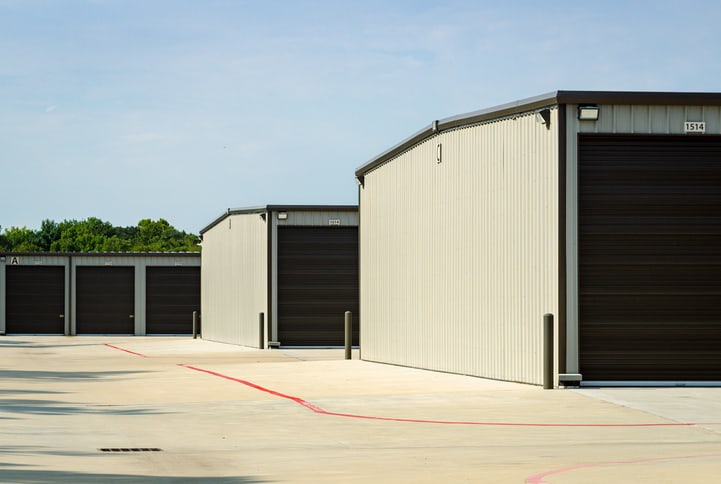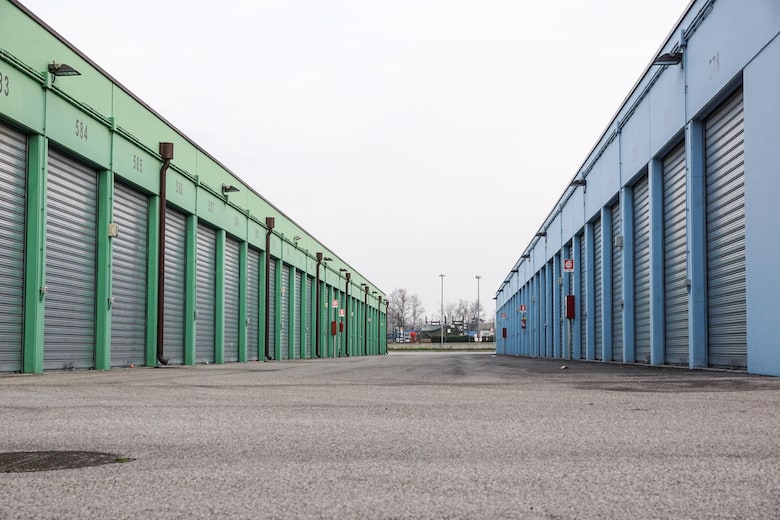Selling a Self-Storage Facility as Part of a 1031 Exchange

Building wealth through 1031 exchanges has been around since the 1920s, when cattle ranchers used this method to defer payment of capital gains taxes on cattle exchanges. Nowadays, we focus on selling real property via 1031 exchanges to increase cash flow, such as selling a self-storage facility. Let’s review these like-kind exchanges in regards to self-storage properties.
What is a 1031 exchange?
Although this investment vehicle is nothing new, you’ll find that very few individuals are familiar with 1031 exchanges. This lack of general knowledge can seem like a slight hiccup when first embarking upon this venture with your storage facility.
Briefly, 1031 exchanges are named after Section 1031 of the US Internal Revenue Code. These exchanges let you sidestep paying capital gains taxes when you reinvest proceeds from an investment property sale. Strict guidelines exist, and there are various reasons why investors might consider a deferred exchange to increase their net worth, such as:
- Asset diversification
- Wanting a managed property
- Property consolidation (i.e., estate planning)
The end game for this property swap strategy is for savvy investors to increase wealth and build their investment portfolios. Some even use the term 1031 as a verb, saying, “We are going to 1031 that property for another one.” It’s also known as the Starker Loophole since qualifying for the tax deferral doesn’t rely on the sale and purchase to happen at the same time. Still, it’s a complex process with many moving parts.
Understanding the details of an exchange
When you’re selling a self-storage facility as part of a 1031 exchange, it helps to know your options regarding types of deals. Any new investment deserves ample attention, after all.
Exchange types
- A forward exchange is the most common type. Plus, it’s relatively straightforward. The gist is that a taxpayer sells the relinquished property before acquiring the replacement property.
- A reverse exchange flips the script, allowing a taxpayer to identify a fitting replacement property before selling the relinquished property. This type is typically more complicated and involves higher transaction fees.
- A simultaneous exchange is rare, mainly because of the unlikeliness that two parties will find themselves in such a unique situation. However, two taxpayers swap properties while keeping their original tax basis.
- An improvement exchange occurs when a qualified intermediary (QI) purchases an undeveloped parcel and improves it before the deal is complete.
Property types
No matter which exchanges type you facilitate, you might be surprised about what counts as like-kind property or property qualified to use in your 1031 exchange. Section 1031 states that like-kind real estate is property held for productive use in trade, business or investment purposes.
Consider that potential buyers will likely try to improve their self-storage portfolio, evaluating your facility’s storage space, storage units and occupancy. According to the National Association of Realtors’ Evan Liddiard, fair market value doesn’t have to be equal (and rarely would it be) for the exchange to work. So, your storage facility doesn’t need to be flawless; it merely needs to quality as like-kind property.
For example, a multifamily apartment building and a shopping center might be like-kind property. Also, a suite of office buildings and a self-storage business might be like-kind. In short, like-kind property addresses the investment’s nature and not the form.
Insurance professional turned Illinois business owner and real estate investor, Brian White, thinks 1031 exchanges can be a successful way to change careers, all while improving your investment portfolio. He explains, “So many people dislike what they do. And even investors dislike their own investments! It only makes sense to buy properties you appreciate and build a portfolio that represents you. I mean, if you don’t like your property, search for property to 1031. Make your money work for you.”
Time frames
Naturally, you don’t have all the time in the world to carry out your big plans. Instead, you have firm time restrictions when you’re selling a storage facility as part of a 1031 exchange. There are two primary timeframes to know: the identification (ID) period and the exchange period.
Most exchange types permit only 45 days to locate exchange properties, along with 180 days to complete the exchange itself. There are a handful of exceptions, but these limits are relatively steady across the board.
Unsurprisingly, the strict timelines catch some investors off guard. White’s partner in life and business, Pamela, offers her advice, “Some of our peers think they can get by without a realtor. That’s a mistake! Your 180 days can fly by, and a realtor will force you to stay on track with the real estate investment. Last-minute deals are usually problematic.”
Qualified intermediary
A qualified intermediary is a sort of stand-in or facilitator for the commercial real estate sale. This person uses funds held from the relinquished property to acquire the new property. The actual property owner never comes in contact with these funds. They are potentially the most crucial part of this complicated puzzle, so choosing the right QI is essential.
On a side note, even though you won’t be handling the money from selling your storage facility, you must report the 1031 exchange on Form 8824. This IRS form requires information about the property and all parties involved.
Final thoughts
The tax benefits of a 1031 exchange attract investors nationwide, but navigating this process alone makes achieving your financial goals challenging. Talk with a trusted tax advisor or CPA, and reach out to your local realtor for support. Lastly, keep building your investment portfolio diligently.

How to Start a Self-Storage Business
Launching a self-storage business for the first time? Start here and learn everything you need to know before you buy or build. Keep Reading

How to Boost Revenue with Wine Storage
First we will walk you through how to build your Craigslist ad, followed by best practices for composing an ad for your storage facility Keep Reading

How to Buy a Self-Storage Facility
Thinking about buying a self-storage facility? Here is what you need to know before starting your search. Keep Reading